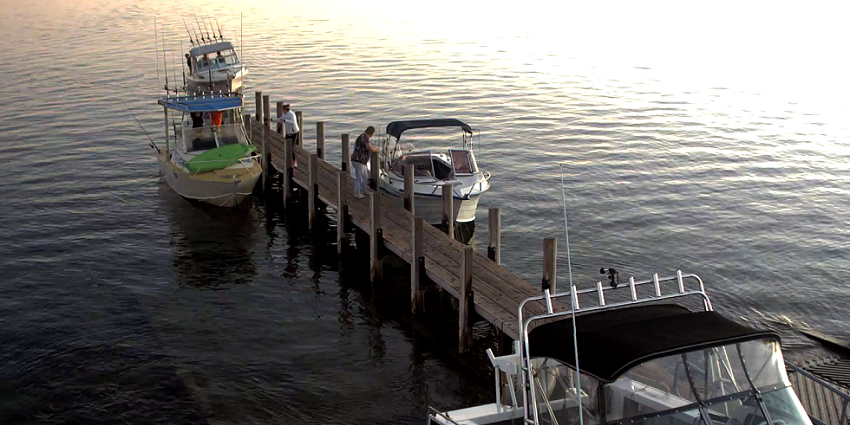
A new scientific article has been published that looks closely at the recreational fishing activity in one of the most popular destinations for the State’s boat-based fishers – inner Shark Bay.
Back in 2016, changes to the management of inner Shark Bay recreational fishing were made, including removal of the lottery for tags that only allowed a specified number of fishers to target pink snapper in the Freycinet Estuary in the Western Gulf.
In response to this, a Department of Primary Industries and Regional Development (DPIRD) research team set out to estimate recreational fishing catches to help determine whether the management arrangements in the inner gulfs were meeting sustainability objectives.
Innovative recreational fishing surveys, conducted by DPIRD fisheries researchers in 2018 and 2019, involved boat ramp surveys, aerial surveys and digital cameras for 24/7 monitoring at multiple locations to assess whether pink snapper catches were at sustainable levels or not.
In total 1,781 boat parties were interviewed at the Denham, Monkey Mia and Nanga boat ramps as part of this research, which was funded through the Recreational Fishing Initiatives Fund – effectively putting fishing licence fees to work to support recreational fishing projects.
Principal investigator and Senior Researcher Scientist with DPIRD, Dr Stephen Taylor said the inner Shark Bay area has been renowned for its recreational fishing experience, especially for pink snapper, one of WA’s best-known and most sought-after finfish.
“Our survey work looked at recreational fishing activity in Denham Sound, Freycinet Estuary and in the Eastern Gulf, where pink snapper stocks aggregate to spawn in predictable locations each winter, which leads to increased fishing effort when that occurs,” Dr Taylor said.
“The integrated survey design we developed gave us precise estimates of pink snapper catch for the three areas. Applying this information to the results of our state-wide survey of boat-based recreational fishing allows us to obtain ongoing catch estimates for the region.”
Monitoring pink snapper catch over time allows us to respond to any changes in catch and implement new rules to help each of the stocks of this species remain at sustainable levels. Dr Taylor said the 2018/19 survey work helped assess how technology may assist in the future.
“With management arrangements, such as the current Freycinet 6-week pink snapper closure, still important to the inner gulfs of Shark Bay, the work we did with the remote cameras found them to be a cost-effective tool for on-going monitoring of recreational fishing effort,” he added.
The abstract of the scientific article in the ICES Journal of Marine Science is available here.
DPIRD’s Recreational fishing guide 2021, provides information on closed seasons and protected areas. Seasonal closures give additional protection to fish species during spawning.


